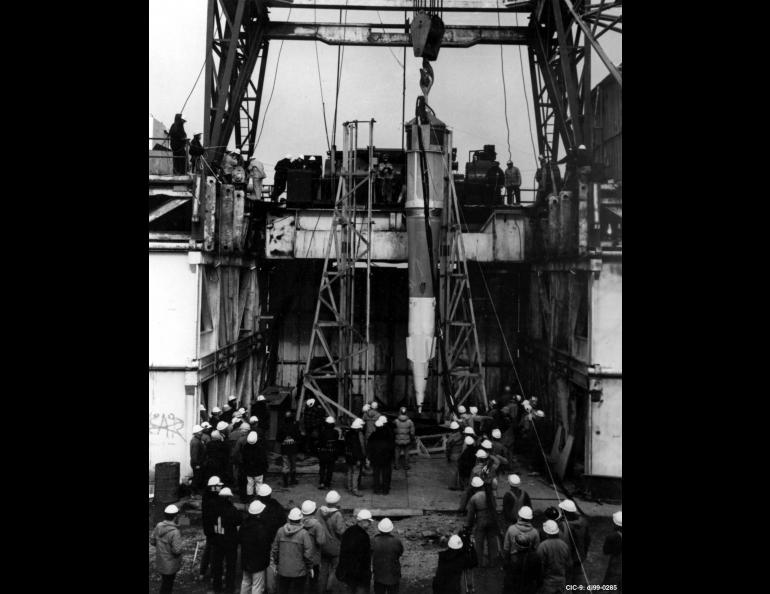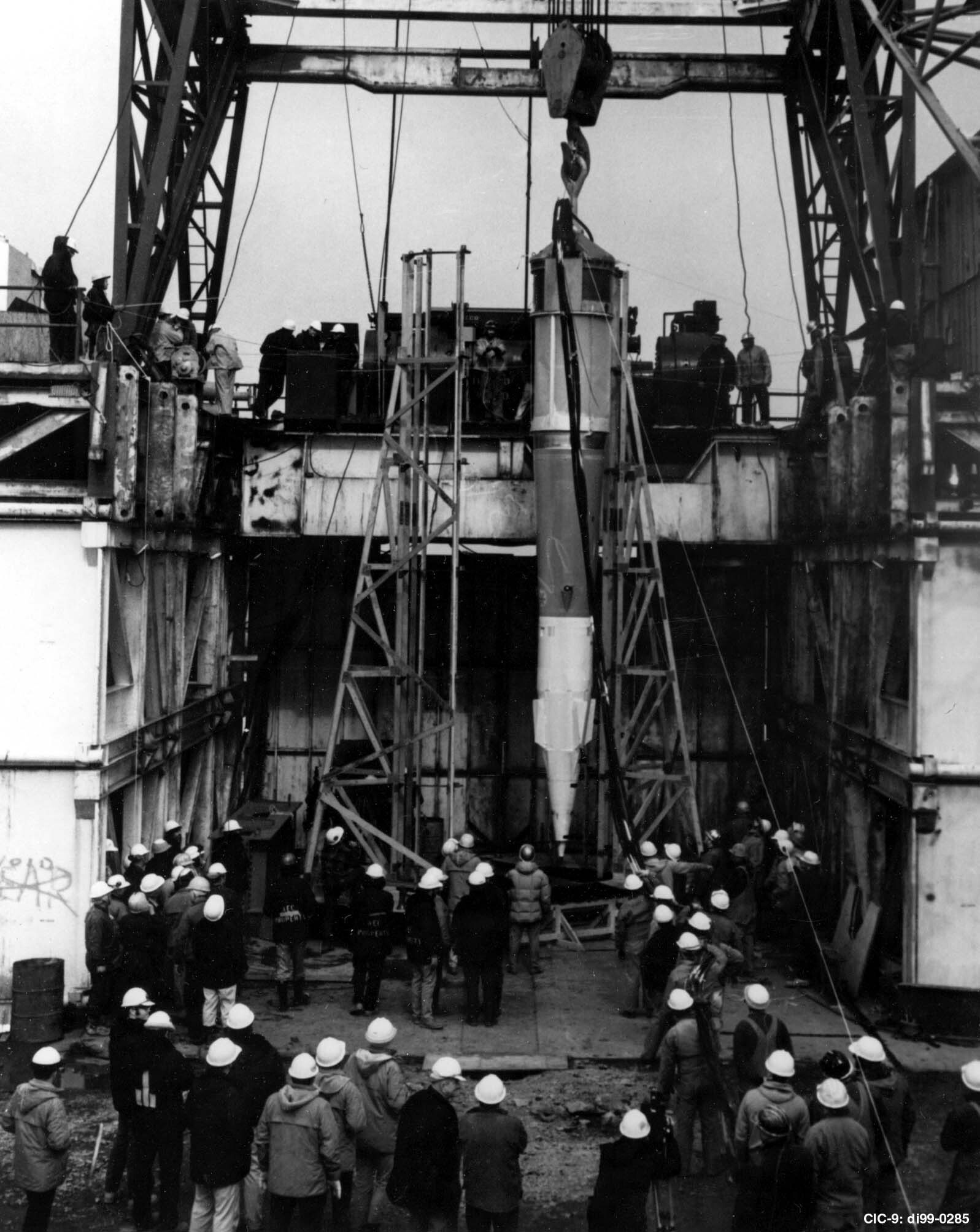
The Unknown Legacy of Alaska's Atomic Tests
Seventeen miles long, three miles wide and carpeted with green tundra, Amchitka Island does not resemble a place that absorbed a nuclear explosion 385 times more powerful than the bomb dropped on Hiroshima. Thirty years ago, this uninhabited island in the Aleutians was the site of three underground nuclear blasts. Today, researchers are trying to figure how the nuclear tests are affecting Alaska.
In 1964, officials with the Department of Defense and the Atomic Energy Commission needed a place to test nuclear devices that were too large for the Nevada Test Site. They chose Amchitka Island, vacated by Native people more than 100 years earlier and used as a military base in World War II.
In 1965, the Department of Defense drilled a deep hole in the island and set off an 80-kiloton nuclear blast to determine American seismologists' ability to detect bombs other countries might be setting off underground.
Four years later, the Atomic Energy Commission again used Amchitka, this time as a calibration test. Officials wanted to see how a larger underground explosion might damage the island, trigger seismic activity, or generate tsunamis. Workers drilled a 4,000-foot hole, and on October 2, 1969, detonated the second explosion underneath Amchitka.
The big daddy came in 1971. Project Cannikin was a 5-megaton explosion that inspired the formation of the group Greenpeace, a group of environmentalists from British Columbia who joined together to oppose the test. But Greenpeace and many others-including Alaska senator Mike Gravel and Congressman Nick Begich-were not able to prevent Cannikin. On Nov. 6, researchers for the Atomic Energy Commission detonated a warhead of the Spartan antiballistic missile system underground, about one mile beneath Amchitka. In reaction to the blast, the ground surface rose and fell 20 feet. The shock registered 7.0 on the Richter scale, the seismic unit of the time. Within two days after the explosion, a crater more than one mile wide and 40 feet deep formed.
Beneath the surface of Amchitka, the blasts created large spherical cavities that later collapsed and filled with rubble. These underground chambers trapped nuclear contaminants, but groundwater percolating through the areas may carry radioactive materials towards the ocean. Their possible leakage into the ocean, groundwater, and the air around Amchitka is a subject high on Doug Dasher's list of things to figure out. Dasher studies environmental radiation and contaminants for the Alaska Department of Environmental Conservation in Fairbanks. The main thing that concerns him about Amchitka is that in the last 25 years no one has tested the ocean surrounding the island. If leakage occurs, subsistence food animals, such as Stellar sea lions, could accumulate in their bodies cancer-causing radioactive elements, such as cesium-137.
Dasher and a few colleagues will travel to Amchitka in June to test blue mussels found at low tide near the blast sites and also on other islands. The mussels may hold clues as to whether the shock cavities are leaking radioactive materials into the ocean, as computer models of water flow beneath the island suggest.
On a mission for Greenpeace in 1997, Anchorage biologist Pam Miller and others found evidence of americium-241 and plutonium in freshwater plant samples at the edge of the Bering Sea. Miller said Greenpeace's findings are "the tip of the iceberg" of contaminants leaking from the blast sites, but representatives for the Department of Energy, the successor to the Atomic Energy Commission, say their own tests prove otherwise.
Mike Giblin, manager for the Department of Energy's Aleutian Island Alaska Remediation Project, said samples collected by the Department of Energy showed no leakage of radioactive material from the shock cavities to the surface. He also said the Department of Energy has not tested the ocean surrounding Amchitka. "What remains open is the marine environment question," Giblin said from his office in Nevada.
While Doug Dasher collects blue mussels on Amchitka this summer, he will stay at a camp constructed by the Department of Energy. Giblin said 140 people from different government agencies will live at the camp while performing various cleanup projects and sampling tasks on Amchitka in summer 2001. Dasher said an investigation of the ocean environment and subsistence foods around the site of America's largest underground nuclear blast is overdue. Tests this summer will be a start. "We should have taken care of the 'Is your food safe to eat?' question years ago," he said. "Since no one's sampled out there, it's an open question."





